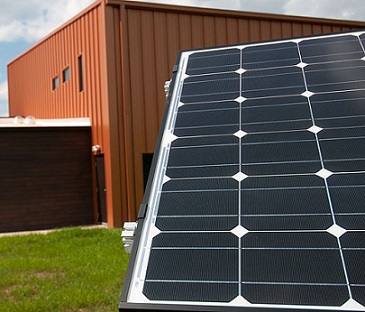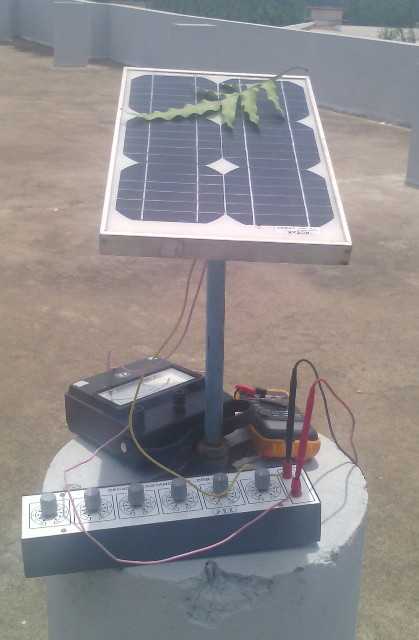In your solar power system you need inverters to take the low voltage high current signals from the pv panels and convert them into 120vac or 240vac which is directly compatible with grid power.
How is solar panel current limited physics.
And that s a theoretical figure.
Solar cell physics the photovoltaic effect applied.
Solar panels actually comprise many smaller units.
In the case of your standard rooftop silicon panels efficiency tops out at around 32 per cent.
Sunlight is composed of photons which can be thought of as packets of energy the amount of energy in a photon being proportional to the frequency of its light.
Solar panel wiring aka stringing and how to string solar panels together is a fundamental topic for any solar installer.
Born northern illinois university operations management and information systems increasing interest in going green by the use of alternative energy sources makes the study of solar energy especially suitable for students of physics.
By connecting large numbers of individual cells together however as in solar panel arrays hundreds or even thousands of kilowatts of electric power can be generated in a solar electric plant or in a large household array.
From a reliability standpoint they are generally the weak link.
The power generated by a single photovoltaic cell is typically only about two watts.
You need to understand how different stringing configurations impact the voltage current and power of a solar array.
Simply put a solar panel works by allowing photons or particles of light to knock electrons free from atoms generating a flow of electricity.
Solar panel systems on rooftops can cost thousands of dollars with payback periods on the order of decades.
Put simply there s a limit to how much of the sun s energy can be converted to electricity by solar systems.
Solar panels work by absorbing sunlight with photovoltaic cells generating direct current dc energy and then converting it to usable alternating current ac energy with the help of inverter technology.
Ac energy then flows through the home s electrical panel and is distributed accordingly.
The electric current generated by the solar panel is a direct current dc which is not used for powering the home appliances.
The electricity generated is multiplied by the number of solar cells in each solar panel and the number of solar panels in each solar array.
Out in the real world silicon panels are around 20 per cent efficient.




























